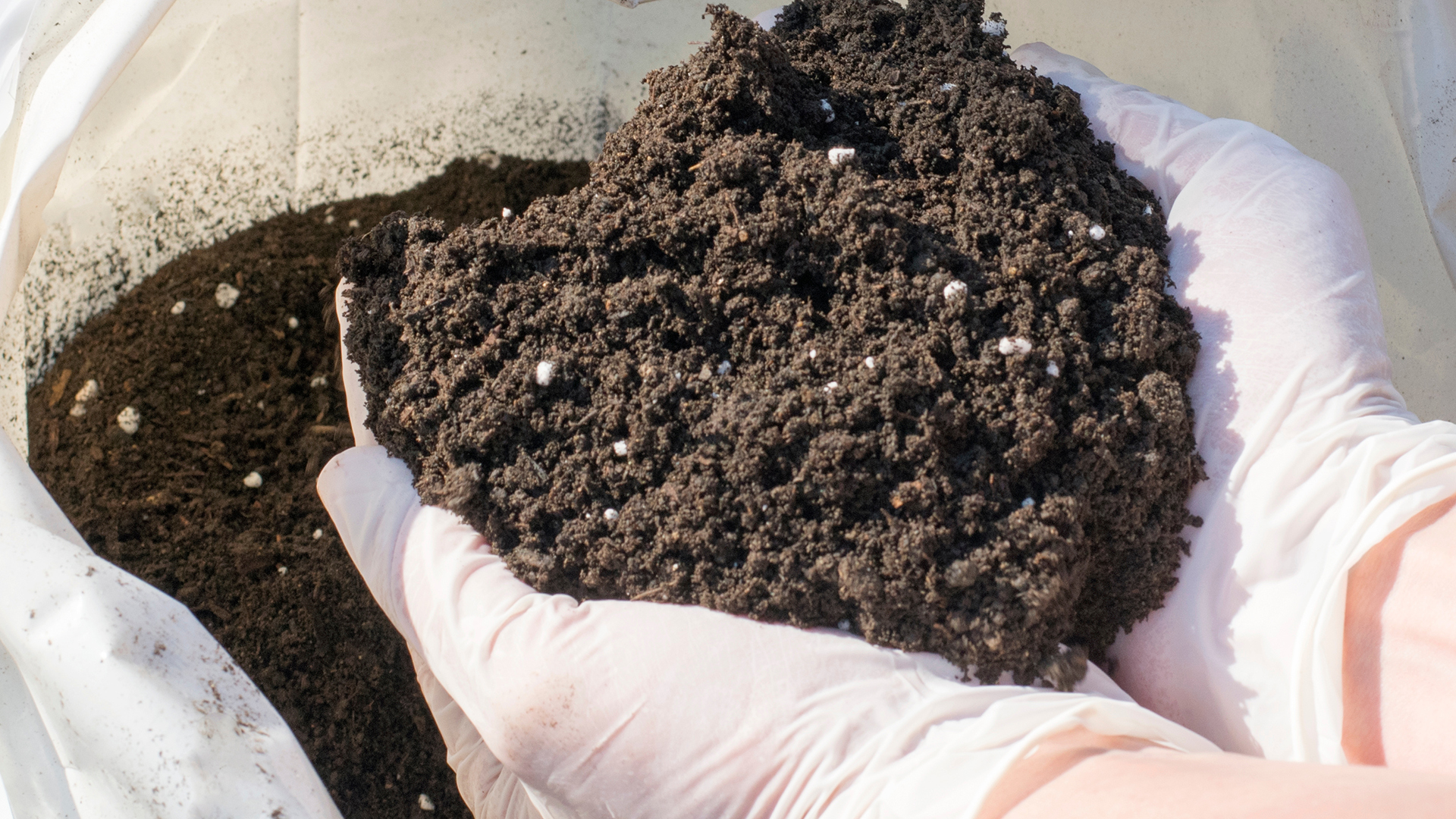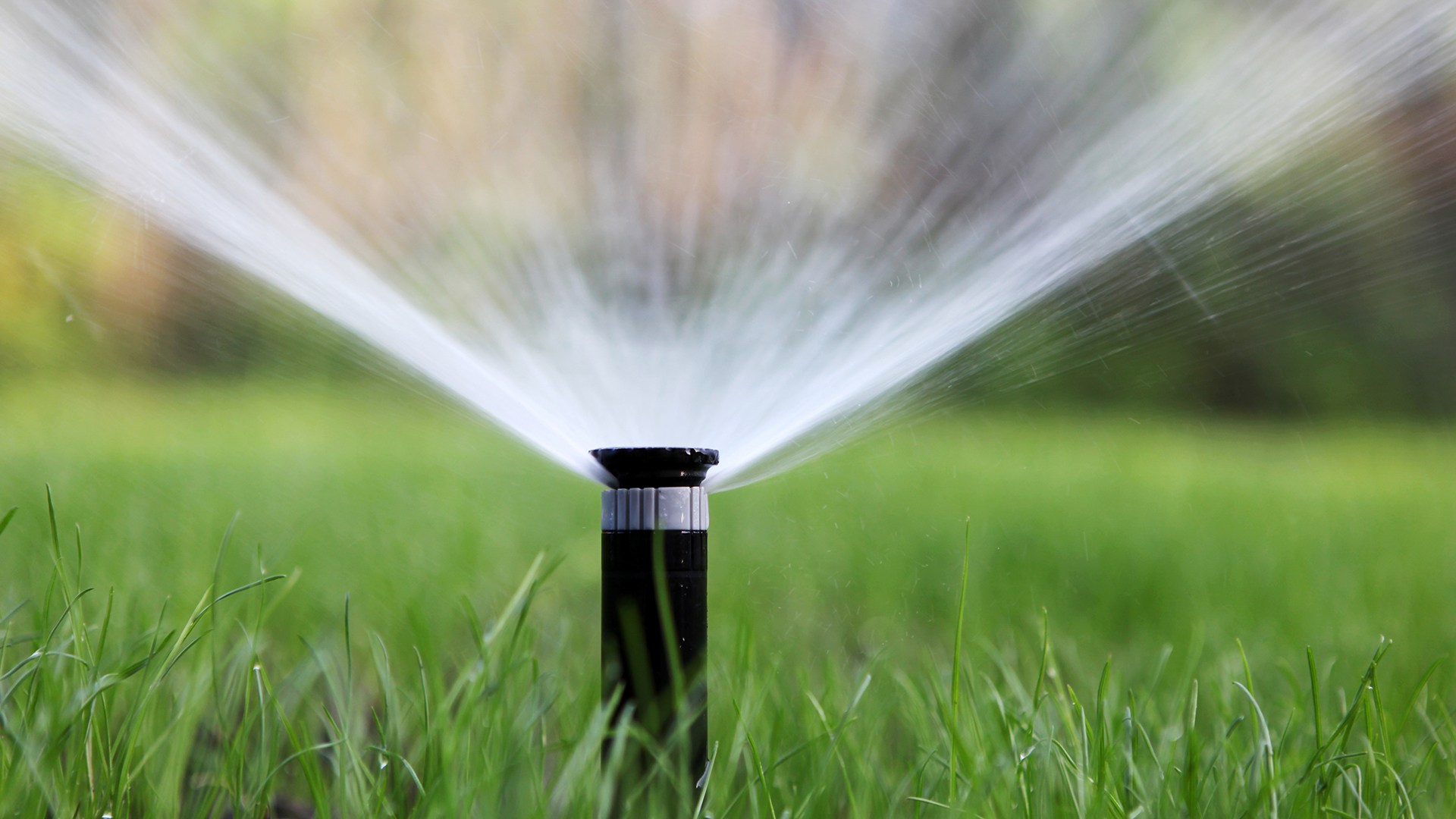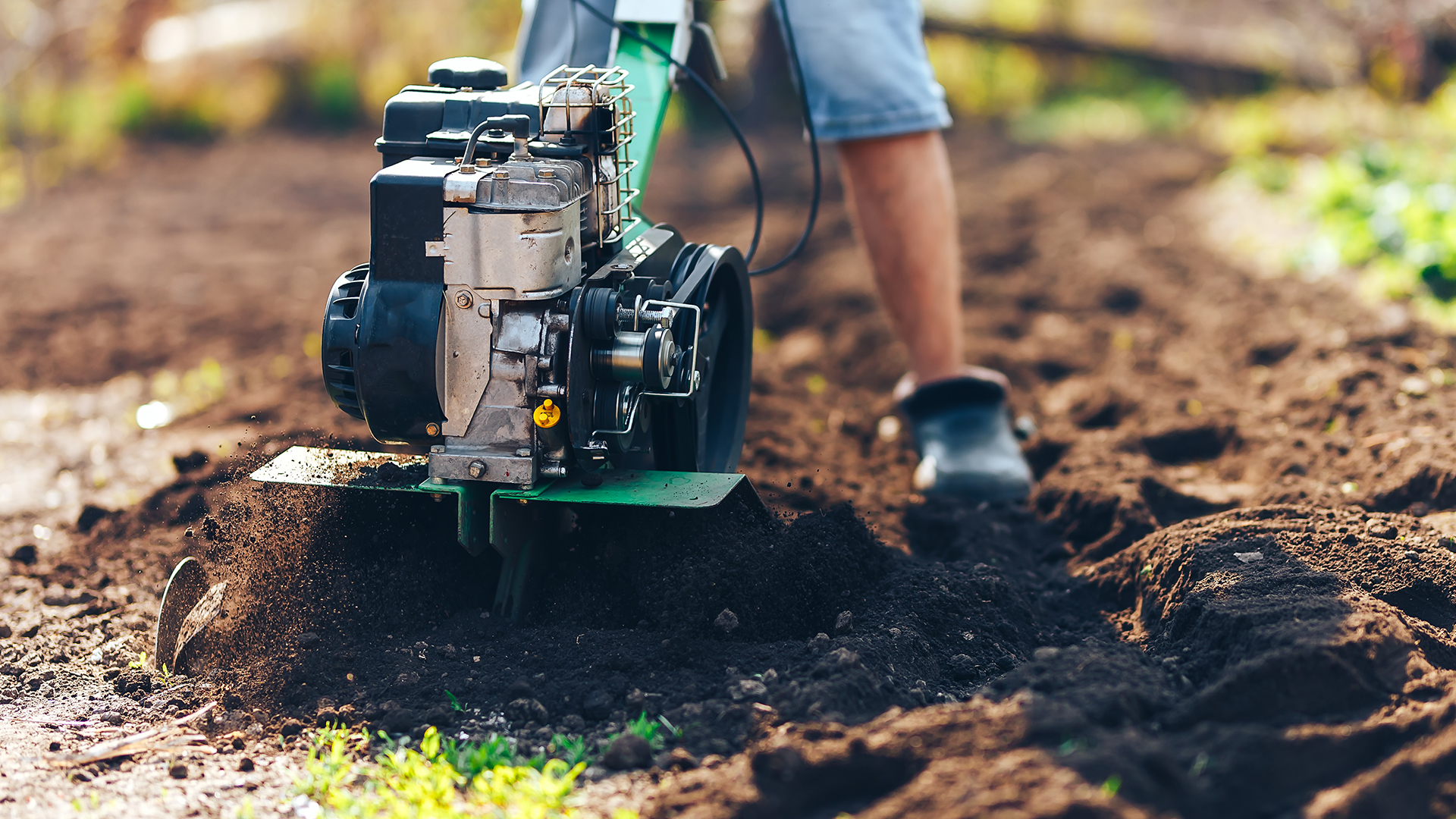Organic Matter
Help Soils Thrive by Adding Organic Matter
Soil organic matter plays many roles in the urban landscape, but knowing what type of soil you have is key to getting started. There are three main soil types that are encountered by homeowners: sands, clays and loams. There are many combinations of these soil types. The key differences among soil types are related to particle size and pore space (air spaces).

SANDS
Sands have the largest particles, the most pore space, and the least water-holding capacity.

CLAYS
Clays have the smallest particles, the least pore space and highest water-holding capacity.

LOAMS
Loams are intermediate particles and have as much or more plant-available water capacity as clays, despite overall lower water-holding capacity.
What's Your Soil Texture?
- Collect a small amount of soil and moisten if needed.
- Squeeze soil into a ball.
- Gently mold it into a ribbon between your thumb and forefinger. If the ribbon crumbles, you have loamy sand.
- If the soil forms a ribbon, keep pushing the soil out until the ribbon breaks.

| What kind of ribbon does it form? | |||
|---|---|---|---|
| A weak ribbon less than 1 inch before breaking | A ribbon 1-2 inches before breaking | A ribbon 2-inches or longer before breaking | |
| LOAM | CLAY LOAM | CLAY | |
| Does it feel gritty? | Sandy Loam | Sandy Clay Loam | Sandy Clay |
| Does it feel equally gritty and smooth? | Loam | Clay Loam | Clay |
| Does it feel very smooth? | Silt Loam | Silty Clay Loam | Silty Clay |
Creating Pore Space
Soil organic matter plays a large role in creating a variety of pore sizes. Organic matter added to sands helps create smaller pore spaces that can retain water.
Added to clay, the organic matter helps create larger pores that allow better drainage, faster soil infiltration and loosens the tight hold clay particles exert on water molecules, making water more available to the plant.


Irrigation Intervals
The longer the interval between irrigations, the better the chance that Mother Nature will fill in with rainfall and lessen our need to irrigate. The fewer irrigations, the less system waste there is, provided run-times did not increase on the remaining irrigations.
The ability to extend irrigations intervals means a less-stressed turf that can maintain its health through dry conditions.
Tillage
Tillage helps develop a deep rooting zone. Our Front Range clay soils are often constricted and prevent water from moving downward making it difficult for deep root systems to develop. Tillage can help break this layer up. A shallow root zone is a recipe for poor drought tolerance, more frequent irrigation and plant health problems.
Adding organic matter and tilling it in properly provides the best possible environment for rooting depth and growth, soil water availability and water conservation. Organic matter should be amended at rates of at least 3 cubic yards per 1,000 square feet. That translates to about an inch depth of organic matter before it is tilled in.

